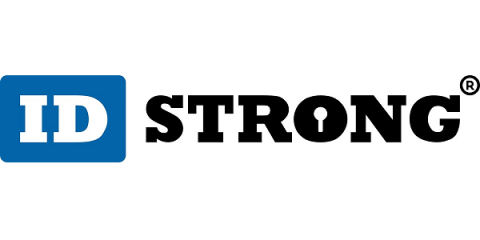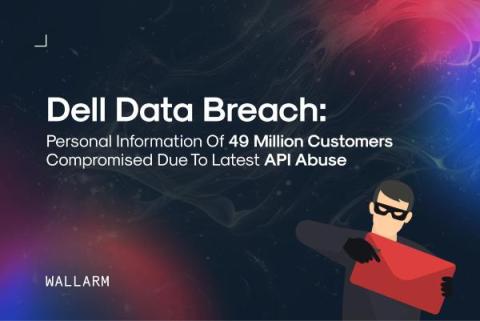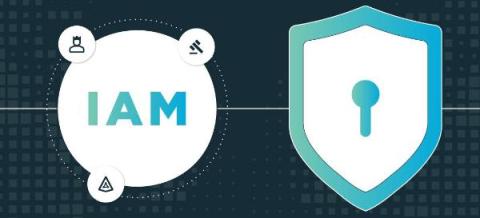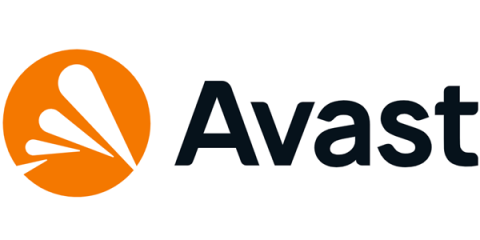What to Do if Your Credit Card is Lost or Stolen
Credit and debit cards have become the most prominent form of wealth access in the last decade. Once consumers pulled out thick wallets of cash—they now pull out thin clips of cards—if they bother using a card, not a watch or cellphone. Credit cards are necessary in modern life because they allow individuals to access their money instantly and because they can be better protected than physical money.







